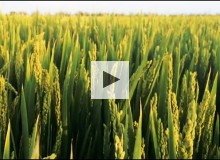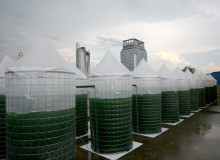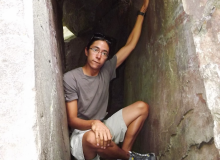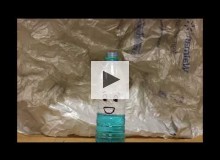Adaptation
The planet is changing. The cockroaches will be fine, but what about us? See what these PF Members are doing to adapt to the impacts of climate change.
University of Mississippi
Many campuses across America are striving to achieve zero waste during move out.
SUNY ESF
The 'Alalā, or Hawaiian crow, has been extinct in the wild since 2002, but recent attempts at reintroduction are putting the species on the right path to a return to the wild.
University of Wisconsin-Madison
A look at how Ghanaians are reverting back to traditional storytelling in order to save the earth.
University of Wisconsin-Madison
Microalgae could play a critical role in feeding a rapidly expanding global population.
SUNY-ESF
Indigenous peoples are going to pave the way for a new system that honors the diverse ecosystems of the world as partners in economic and cultural well-being.
Eckerd College
A stop motion of the creation, life-span, and death of a non-reusable plastic water bottle.
Florida International University
Everyone dies eventually. By utilizing the new process of alkaline hydrolysis, or water cremation, at least we don't have to kill the planet too.
The George Washington University
Rising sea levels call for innovative ways to protect cities from extreme flooding.
George Washington University
Film offers some laughs and some lessons for those pondering humanity’s processing of climate disasters to come.
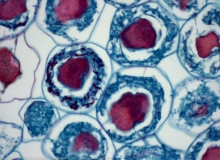
Arbuscular mycorrhizal fungi live in symbiosis with plant roots and are able to store up to 70 percent of organic carbon from leaf litter. (Mark Perkins/Flickr)
George Washington University
In many cases microbes are already helping the planet in underrated ways. Technological developments and advanced genetic engineering make microbiological innovation a major player in climate change mitigation.



